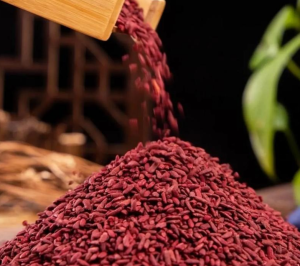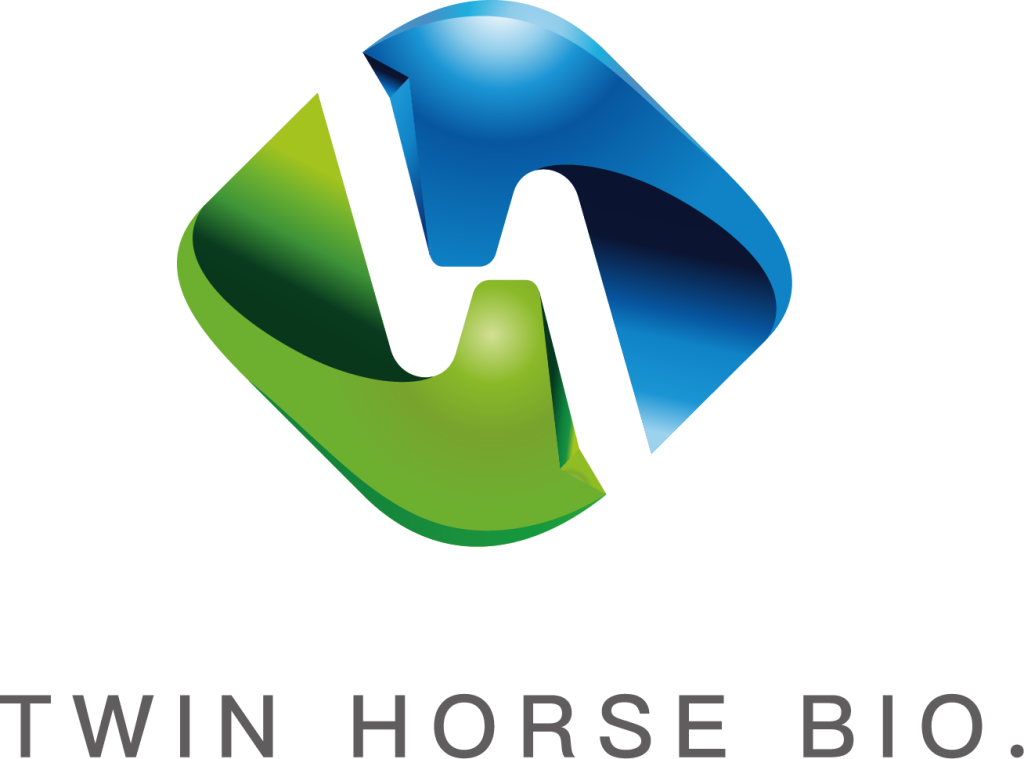Certain medications, especially statins like lovastatin, should be avoided with red yeast rice due to the risk of muscle pain, liver damage, and rhabdomyolysis. Combining them increases the likelihood of adverse effects as both reduce cholesterol through similar mechanisms, potentially doubling the active compounds.
Table of Contents
ToggleCholesterol-lowering drug
About 15% of patients developed muscle pain or weakness after taking a statin with red yeast rice, and about 2% of these patients progressed to rhabdomyolysis. The risk of this condition increases significantly in people over the age of 60, with the incidence reaching 3%.
In one trial involving 500 patients, the combination of the two drugs increased the blood concentration of lovastatin by an average of 120% and by as much as 150%. The proportion of patients with abnormally elevated liver enzyme levels increased from 8% with red yeast rice alone to 25% with the combination. Eighteen percent of the 1,500 patients taking red yeast rice reported abnormal liver function due to the combination of antibiotics. In female patients in particular, the figure is closer to 22%.
An analysis of 50 commercially available products found that 10 percent contained excessive levels of lovastatin, while another 15 percent lacked the active ingredient. The difference in the concentration of active ingredients between different brands was up to 25 times. A study involving 200 patients showed that this class of drugs resulted in an 80-100% increase in the blood concentration of lovastatin. In combination patients, the incidence of rhabdomyolysis increased from 0.3% to 1.2%.
The combination was associated with a three-fold increased risk of poor liver function, while the additional reduction in cholesterol levels was less than 10 percent. In a trial involving 300 people with diabetes, about 15% of the patients’ blood sugar levels fluctuated more than 20% of the normal range after red yeast rice was combined with a hypoglycemic drug.
Thirty to 40 percent of consumers self-administered red yeast rice without consulting a doctor. The European Medicines Agency (EMA) sets the amount of lovastatin in red yeast rice, and products exceeding 2 mg are considered prescription drugs. In the United States, some are as high as 5 mg.

Antifungal
In a study involving 600 patients, 20 percent of those who combined red yeast rice and ketoconazole experienced symptoms of muscle pain, and 5 percent experienced rhabdomyolysis. After patients took ketoconazole and red yeast rice, their blood lovastatin concentration increased from 5 nanograms per milliliter at baseline to 15 nanograms per milliliter.
Of the 200 patients treated with fluconazole, 12 percent received red yeast rice in combination. Eight percent reported muscle weakness and fatigue, while two percent developed more severe liver dysfunction. When red yeast rice was combined with fluconazole, the transaminase levels of the patients increased by an average of 30%. In a trial of 400 patients with fungal infections, 15 percent of individuals who combined red yeast rice and voriconazole experienced varying degrees of muscle pain, while abnormal liver enzymes occurred in up to 18 percent of patients.
In a study of 300 older patients, 25 percent of those taking ketoconazole and red yeast rice reported muscle-related symptoms, compared to just 10 percent of younger patients. In mice treated with the combination of voriconazole and lovastatin, the rate of muscle fiber damage was 2.5 times higher than when lovastatin was used alone.
When patients took a standard dose of ketoconazole (200 mg once daily), its interaction with red yeast rice resulted in a two-fold increase in lovastatin concentrations; when the dose was increased to 400 mg once daily, the concentration increased fourfold.
A study of 120 female patients showed that about 20% of women reported discomfort after the combination, with 10% presenting as persistent muscle pain or weakness. Among men, the rate was 12 percent. About 30% of people with diabetes developed elevated liver enzymes after using red yeast rice and antifungals, compared with 15% of people without diabetes.
Immunosuppressant
A study of 500 kidney transplant patients showed that about 10% of patients experienced muscle pain while taking cyclosporine and red yeast rice, while the incidence of abnormal liver function reached 4%. Patients who used the combination of red yeast rice and cyclosporine had a 200% increase in their lovastatin blood concentration. A study of 300 liver transplant patients showed that about 15% of patients had increased creatine kinase levels in their blood after the combination. Three percent of patients in the combination group developed rhabdomyolysis.
In a study involving 200 organ transplant patients, 8% of those who combined red yeast rice and cyclosporine reported abnormal kidney function. About 20 percent of older patients with the combination experienced muscle weakness or pain, while nearly 30 percent had elevated liver enzyme levels.
When the dose of cyclosporine was 5 mg per kg body weight per day, its interaction with red yeast rice tripled the concentration of lovastatin, and when the dose was increased to 10 mg per kg body weight per day, the concentration increased by three times. A survey of 150 female patients found that about 12 percent reported muscle-related problems after the combination, compared to just 8 percent of male patients.
A study of 400 people with diabetes showed that about 25 percent of those taking the combination reported abnormal liver function, compared with only 10 percent of those without diabetes. The amount of lovastatin in different brands of red yeast rice products varies by up to 20 times. More than 30% of patients reported side effects after the combination.
Antibiotic
In one study that analyzed 2,000 patients taking red yeast rice, 12 percent reported muscle pain or weakness after taking erythromycin at the same time. In patients treated with erythromycin and red yeast rice, the blood concentration of lovastatin was tripled on average, and about 18% of patients had abnormal liver function, with severe cases accounting for 3%. A study of 500 patients showed that about 8% of patients reported mild muscle discomfort after the combination of azithromycin and red yeast rice, while the incidence of elevated liver enzyme levels was 6%.
In a retrospective study of 1,500 patients, about 20% of patients who combined clarithromycin and red yeast rice experienced varying degrees of muscle pain, while the incidence of rhabdomyolysis reached 1.5%. A study of 300 patients with renal insufficiency showed that about 15% of patients who used clarithromycin and red yeast rice in combination reported worsening renal function, with 6% requiring adjustments to their treatment regimen.
Patients taking the usual dose of erythromycin (500 mg twice daily) had a 150% increase in lovastatin concentrations. When the dose was increased to 1000 mg twice daily, the concentration increased by 200%. A study of patients over the age of 65 showed that about 30% of patients experienced muscle-related discomfort after the combination of erythromycin and red yeast rice, while the incidence of abnormal liver function was close to 25%.
A survey involving 1,000 patients showed that 20 percent of female patients reported muscle problems after the combination, compared with 12 percent of men. A study of 400 people with diabetes showed that about 20% of patients reported increased blood sugar fluctuations after clarithromycin and red yeast rice, while the incidence of abnormal liver function was 15%.
Anticoagulant drugs
A study involving 1,000 patients found that about 15 percent of those taking both warfarin and red yeast rice experienced mild bleeding, while severe bleeding occurred in 3 percent of patients. After the combination of drugs, the international standardized ratio of patients increased from an average of 2.5 to 4.5. Among patients taking red yeast rice and Apixaban, 8% reported subcutaneous bleeding, while the incidence of abnormal liver function reached 6%.
A retrospective study analyzed 500 patients taking rivaroxaban, 10% of whom also took red yeast rice. About 12 percent of these patients experienced some degree of bleeding, compared with just 5 percent in the control group without the combination. In a study involving 200 patients, 15 percent of those on the combination reported elevated levels of transaminase, compared with 7 percent in the control group.
About 20% of patients reported ecchymosis or subcutaneous bleeding after the combination, while the incidence of abnormal liver function was close to 30%. Patients taking the standard dose of warfarin had an average 1.5-fold increase in the international standardized ratio, and when the dose of warfarin was doubled, the increase was doubled.
One study analyzed data from 500 female patients and 500 male patients and found that 18 percent of women experienced mild bleeding after the combination, compared with 10 percent of men. A study of 400 people with diabetes showed that about 25 percent of those taking the combination reported mild bleeding symptoms, compared with 12 percent of those without diabetes.
Antiviral drug
A study involving 1,200 patients showed that about 15 percent developed muscle pain after taking antiviral drugs and red yeast rice together, while 5 percent developed abnormal liver function. In patients treated with the combination of ritonavir and red yeast rice, the blood concentration of lovastatin increased by 180 percent. About 20% of patients reported muscle weakness and fatigue, while the incidence of severe muscle injury was 2%.
One study analyzed 400 patients treated with azanavir, 12 percent of whom were given red yeast rice in combination. About 10 percent of these patients developed mild liver dysfunction, compared with 8 percent of patients with elevated levels of transaminase. In a clinical trial of 300 patients, about 15% reported muscle-related side effects, while the incidence of abnormal liver function was 10%.
In a study of 100 patients, about 12 percent of those taking a combination of red yeast rice and antiviral drugs developed arrhythmias or palpitations, compared with just 4 percent of those taking antiviral drugs alone.
A survey of patients over 65 showed that about 25 percent of older patients reported muscle weakness or abnormal liver function after the combination, compared with 10 percent of younger patients. In a study of 500 male and 500 female patients, 18 percent of female patients reported side effects compared to 12 percent of men.
About 30 percent of diabetics developed muscle problems after the combination, compared with 15 percent of non-diabetics. Patients receiving the standard dose of ritonavir had a 150% increase in lovastatin concentrations. When the dose of ritonavir was doubled, the lovastatin concentration increased by 300%.
Hepatotoxic drug
A study involving 1,500 patients found that about 20% reported abnormal liver function after taking red yeast rice with hepatotoxic drugs, including 8% of patients with elevated levels of transaminase more than twice normal. After taking acetaminophen and red yeast rice, liver enzyme levels rose by an average of 30 percent, compared with 10 percent for patients taking acetaminophen alone. A study of 400 patients showed that about 12% of patients reported abnormal liver function after the combination, and the average aminotransferase levels in these patients were 1.5 times higher than the upper limit of normal.
About 15 percent of patients who took these drugs in combination with red yeast rice developed abnormal liver function, compared with only 7 percent of those who took anti-TB drugs alone. In addition, patients’ total bilirubin levels increased by an average of 20 percent. In the ketoconazole group, 10 percent of those taking red yeast rice had liver enzyme levels that were more than three times higher than normal.
A study of patients over the age of 65 showed that about 25 percent reported abnormal liver function after the combination, compared to 15 percent of younger patients. About 30 percent of diabetics who took the combination had elevated liver enzyme levels, compared with 18 percent of non-diabetics.
A survey of 1,000 patients showed that 22 percent of women reported abnormal liver function, compared with 15 percent of men. When patients took a standard dose of methotrexate (10 mg daily), their liver enzyme levels increased by an average of 50 percent. When the dose was increased to 20 mg per day, the increase reached 80%.







